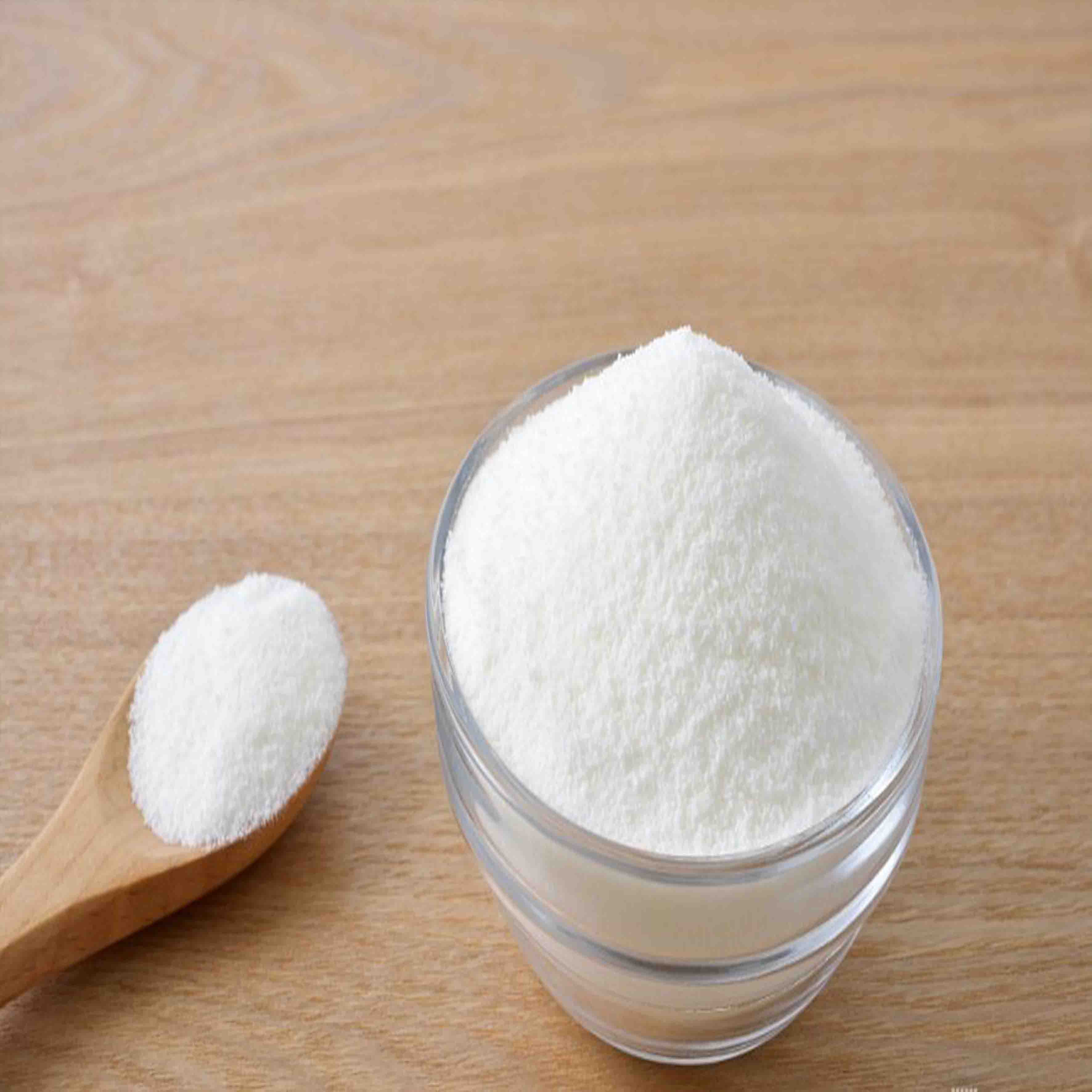
снеж . 07, 2024 11:56 Back to list
Lithopone Pigments Manufacturing Facilities and Their Impact on Industry Trends
The Significance and Production of Lithopone Pigments
Lithopone, a well-established pigment in the coloring industry, plays a crucial role in a variety of applications ranging from paints and coatings to plastics and rubber. Its unique properties and versatility make it a favored choice among manufacturers. In recent years, the demand for lithopone pigments has surged, prompting the emergence of numerous lithopone pigment factories worldwide. This article will explore the significance of lithopone pigments, the manufacturing process, and the environmental considerations associated with production.
Understanding Lithopone Pigments
Lithopone is a mixture of zinc sulfide and barium sulfate, originally developed as a white pigment in the 19th century. It is prized for its brightness, opacity, and non-toxic nature, making it suitable for various applications. Unlike some other white pigments, such as lead white or titanium dioxide, lithopone does not pose significant health risks, which has made it a preferred option in safer formulations.
Lithopone’s primary applications include its use in paints, where it contributes to the whiteness and durability of the finish, as well as in plastics to enhance their aesthetic appeal. Additionally, lithopone serves as a filler in rubber compounds, where it enhances the lightfastness and overall stability of the material. The pigment is also utilized in cosmetics and food packaging, thanks to its non-toxic properties.
The Production Process
The production of lithopone pigments involves several key steps. Typically, the process begins with the reaction of zinc oxide with hydrogen sulfide, which results in the formation of zinc sulfide. This compound is then mixed with barium sulfate to create the lithopone pigment. The precise ratios of zinc sulfide to barium sulfate can vary based on the desired properties of the final product, making the formulation process critical.
Lithopone pigments can be produced through two main methods direct precipitation and the dry method. The direct precipitation method involves dissolving zinc salts and barium salts in water, followed by the addition of sodium sulfide or hydrogen sulfide to precipitate the pigments. This method is often favored for its efficiency and cost-effectiveness.
In contrast, the dry method involves mixing the raw materials in a dry state before subjecting them to high temperatures in a furnace. The advantage of this method is that it can yield finer and more uniform particle sizes, which is essential for applications requiring a high degree of whiteness and opacity.
lithopone pigments factories

Market Demand and Growth
The lithopone pigments market has experienced consistent growth due to the rising demand for eco-friendly and non-toxic materials across various industries. As stricter environmental regulations are implemented, manufacturers are increasingly seeking alternatives to hazardous pigments. Lithopone's non-toxic nature positions it well within this trend, bolstering its adoption in both industrial and consumer products.
Moreover, emerging economies are witnessing significant infrastructure development, leading to increased demand for construction materials like paints and coatings. Lithopone pigments, with their excellent covering power and brightness, are well-suited for these applications, further driving the market growth.
Environmental and Safety Considerations
While lithopone itself is considered non-toxic, the manufacturing process does involve handling chemicals that require careful management to minimize environmental impact. Factories producing lithopone pigments must adhere to stringent safety regulations and implement waste management practices to handle any by-products of the production process.
Additionally, as sustainability becomes a focal point for companies worldwide, the lithopone pigment industry is exploring greener manufacturing practices. This includes utilizing recycled materials in the production process and adopting energy-efficient technologies to reduce the overall carbon footprint.
Conclusion
Lithopone pigments hold significant importance in the coloring industry, with diverse applications that highlight their versatility and non-toxic nature. As demand continues to rise, lithopone pigment factories play a vital role in ensuring a consistent supply of this valuable pigment. The ongoing advancements in production techniques and a growing emphasis on sustainability will likely enhance the appeal of lithopone pigments. As the industry evolves, manufacturers must balance productivity with environmental responsibility, ensuring that lithopone remains a reliable and eco-friendly choice for consumers and industries alike.
-
High Quality China Black Iron Oxide Powder Supplier Competitive Price & Fast Delivery
NewsJul.08,2025
-
High Quality Titanium Dioxide Used in Rubber – Trusted Supplier & Factory Price
NewsJul.08,2025
-
High Purity Barium Sulfate Particle Size - Wholesale Manufacturer from China
NewsJul.07,2025
-
Premium Titanium Dioxide Lomon R-996 Supplier – Quality & Wholesale Price from China
NewsJul.07,2025
-
Top Titanium Manufacturers in China - Quality Titanium Dioxide Supplier & Production Line Solutions
NewsJul.06,2025
-
OEM Titanium White Supplier & Factory – High Purity, Consistent Quality for Industrial Use
NewsJul.06,2025
